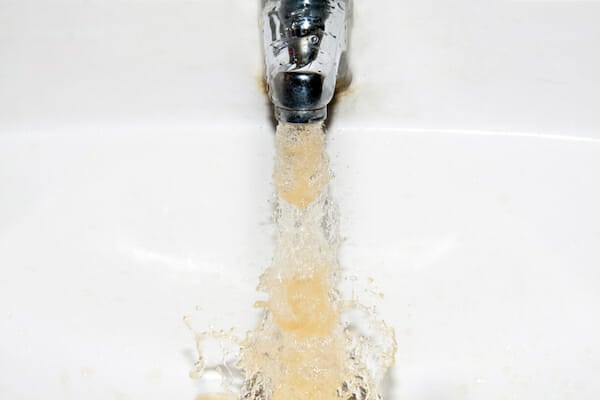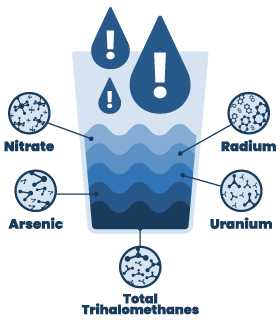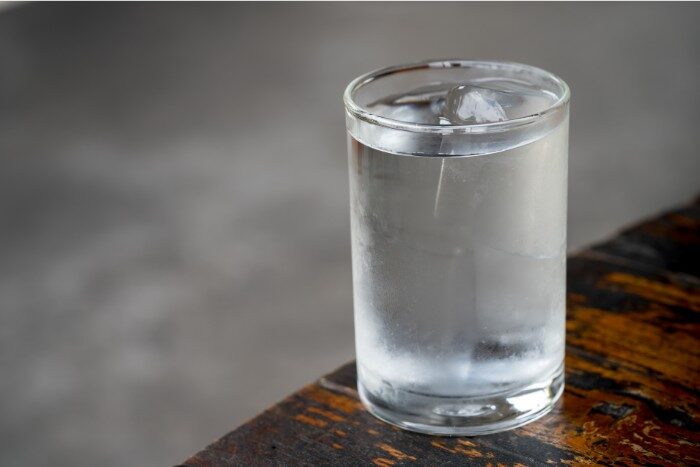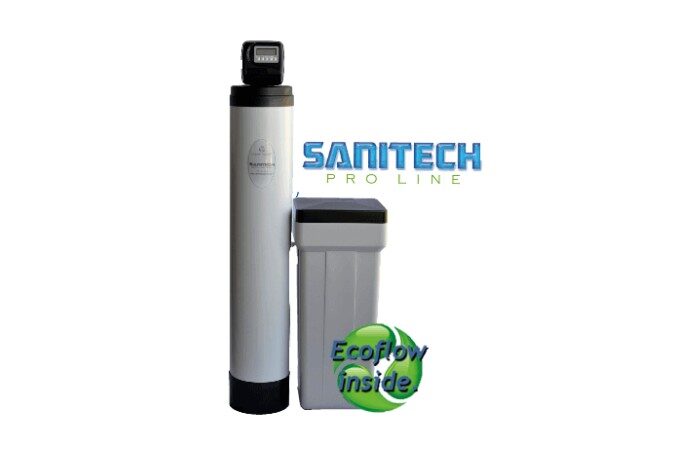
Before water reaches your faucet, it undergoes treatment to eliminate harmful bacteria and contaminants. However, untreated water can harbor dangerous microorganisms, leading to illnesses such as diarrhea, cholera, and even death, according to Everyday Health.
The Environmental Protection Agency (EPA) oversees tap water regulation and provides annual quality reports to consumers. While meeting EPA standards might suggest purity, the agency regulates 90 different contaminants, some of which can legally remain in water at low levels.
According to the EPA, most drinking water contains trace amounts of certain contaminants, including sediment, organic materials, chemicals like nitrogen or bleach, microorganisms, and radiological substances. Additionally, issues like pipeline breaks and lead leaching from pipes can contaminate water before the EPA reports it to consumers.
Although these contaminants may not pose health risks for the general population, they can be hazardous for vulnerable groups such as individuals undergoing chemotherapy, those with HIV/AIDS, pregnant women, older adults, and children.
Water Issues in Arizona

If you’re consuming water in Arizona, the list of potential contaminants might be longer than in other regions. Furthermore, Arizona’s groundwater ranks among the hardest in the nation. Understanding these water issues is crucial for ensuring the safety of what you and your family drink and use.
Water Hardness
Water hardness refers to the concentration of dissolved magnesium and calcium in water, as defined by the United States Geological Survey (USGS). Arizona is known for having some of the highest levels of water hardness in the country, according to the USGS.
The Arizona Water Quality Association reports that most of Arizona’s water supply is hard. This hardness can lead to scale buildup inside appliances and pipes, reducing water flow efficiency and causing appliances to deteriorate more quickly. Additionally, hard water can result in issues like soap scum, difficulty in lathering, and unpleasant taste or odor.
Water Contaminants
In May 2019, a report revealed that at least 20 water systems across Arizona, including those in Phoenix and Tempe, contained dangerous, persistent toxins from firefighting foam and various industrial and household products. These toxins had been present in the water systems for at least five years.
The Environmental Working Group (EWG) reported in 2019 that several contaminants in Arizona’s water exceeded legal limits, including:
- Total trihalomethanes: Can adversely affect the central nervous system, liver, kidneys, and heart.
- Nitrate: Increases cancer risk and can cause methemoglobinemia in infants.
- Arsenic: Associated with cancer and skin lesions.
- Uranium: Can lead to kidney damage.
- Radium: Linked to anemia, cataracts, fractured teeth, bone cancer, and other cancers.
These are just a few of the contaminants found above legal limits in Arizona’s water in 2019. Others include fluoride, cadmium, chromium, and carbon tetrachloride. Prolonged exposure to such contaminants can have detrimental health effects, particularly for the vulnerable groups mentioned earlier.
Treat Your Water

To address issues like hard water and contaminants, consider solutions such as water softening, water filtration, and purification methods like reverse osmosis. Here’s how they work:
- Water Softeners: Utilize ion exchange to remove calcium and magnesium ions, replacing them with sodium chloride.
- Water Filtration Systems: Employ various media to remove impurities and improve water taste and safety.
- Reverse Osmosis Systems: Use a semipermeable membrane to remove a wide range of contaminants, providing clean drinking water.
Implementing these solutions can help ensure the water you and your family consume and use is safe and of high quality.
Get Cleaner, Safer Water at Home

While the water coming from Arizona faucets meets legal standards for drinking, that doesn’t always mean it’s free from risk. According to the latest findings from the Environmental Working Group (EWG), many contaminants are present in local tap water at levels exceeding legal limits. If you’re consuming water that hasn’t been filtered or purified, there’s a chance you’re exposed to these harmful substances before they’re ever detected and addressed.

At Clear Water Concepts, we make it easy to protect your home’s water supply. We offer high-quality water softeners, whole-house filtration systems, reverse osmosis units, and more, installed by trusted professionals who understand Arizona’s unique water challenges.
Not sure which system is right for your home? Take our quick quiz to find the best water treatment solution for your family’s needs.

